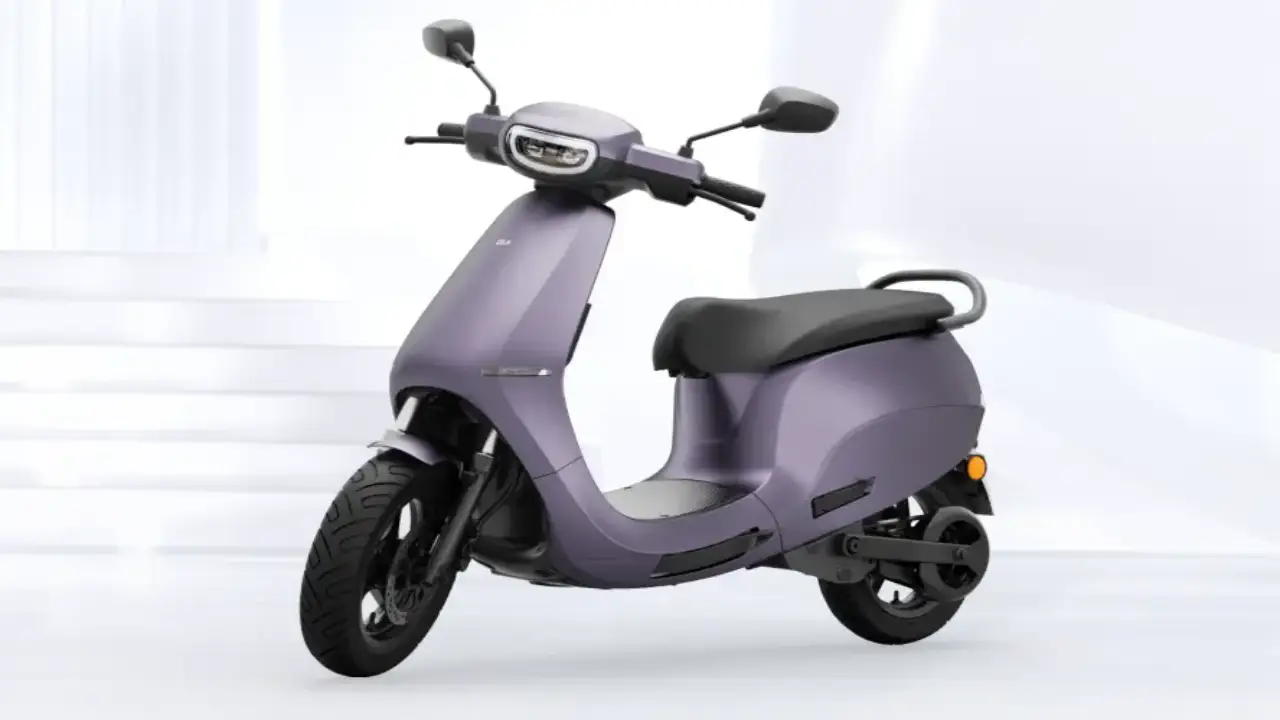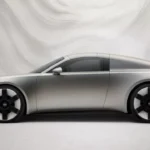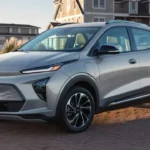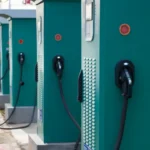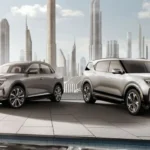In a dramatic reversal, Ola Electric was able to regain its leadership position in the Indian electric two-wheeler market for January 2025 with a significant market share of 25%. The resurgence is marked with a substantial month-on-month growth of 65%. According to the latest data from Vahan, registrations were recorded at 22,656. This performance points out strategic moves and more significant offerings by Ola that have resonated well with consumers.
OLA: Key Factors Behind the Surge
Strong Sales Performance
- Sales went up significantly for Ola due to numerous reasons, such as the emergence of the company’s S1 scooter lineup. The company has further extended its sales and service network to reach 4,000 stores across India. This kind of reach has made access to the products and services sold by Ola easy, contributing to increased sales.
Gen 3 Platform
- It is developing the much-awaited Gen 3 platform. The features are expected to better the performance, safety, efficiency, and reliability of their electric scooters. With this new platform, Bhavish Aggarwal, CMD of Ola Electric, has said that this one is going to make the reliability and serviceability of its vehicles a lot better with mid-mount motors. This will definitely enhance the company’s financial condition.
Competition Landscape for OLA
The market for electric two-wheelers in India is getting more and more competitive. Although Ola Electric leads the pack with a 25% share, Bajaj Auto and TVS Motor Company together have cornered nearly 48% of the market. According to analysts, it is through its aggressive expansion strategy and continuous product innovation that Ola Electric has managed to stay ahead of the curve in this fast-changing industry.
Also Read: Honda: Announces New EV Plant by 2028!
ELCTRIK Speaks
Ola Electric has truly delivered in January 2025 and is marking a significant milestone for the company. Which, in turn, is looking to cement its leadership in the competitive electric two-wheeler landscape. With continuous innovations in the form of a Gen 3 platform and the expanded network of sales and service outlets. They will not only be able to maintain its market dominance but also improve profitability and customer satisfaction going forward. As electric vehicles continue to boom in demand among consumers.


